Ankle Replacement Surgery
What is Ankle Replacement Surgery?
In Ankle replacement surgery, a damaged ankle joint is removed and replaced with an artificial implant. Dr Abhijit Agashe is the best and most experienced orthopaedic surgeon who provides Ankle Replacement Surgery in Pune and will help you to improve your comfort level.
The ankle joint is where your tibia lies on the bone of your foot. Arthritis also affects the joints in the foot like other joints. Over time, the smooth cartilage on the surface of the bone wears away. This can cause joint pain, inflammation, and swelling.
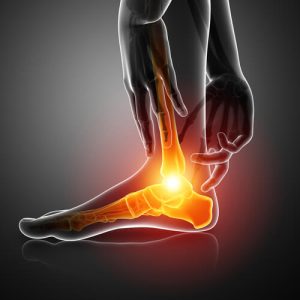
Ankle replacement surgery is an operation that replaces damaged joints and eliminates pain and swelling. The incision is made in your ankle by surgeons to access the affected joint. The damaged parts of the tibia and talus will be removed by the surgeon.
Your surgeon will place artificial metal washers on the remaining bone surface and insert a piece of plastic between them.
How one should prepare for total ankle replacement surgery?
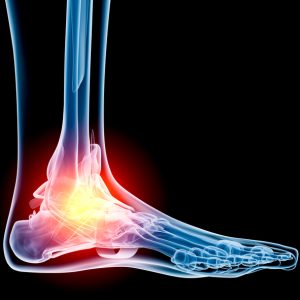
It is important to start surgery and rehabilitation (recovery) with realistic expectations. Discuss how to prepare for the operation with a member of your care team. Knowing what will happen can help you prepare for the challenge and plan your recovery.
Before the operation, your team may recommend that you:
- Start physical therapy
- Stop smoking
- Stop taking certain medications.
Discuss with your family and friends what recovery might look like. After an ankle replacement, you will not be able to walk. Make sure to develop a plan to complete daily tasks. You may need help shopping, going up and down stairs, or caring for pets
How long does it take to recover after ankle replacement surgery?
Recovery after ankle replacement may take 6 to 12 months. Most people use crutches or walkers while wearing splints or casts. A split or cast fixes the ankle (immobility) for healing. During this time, your healthcare provider will ask you to take medicine to prevent blood clots. Physical therapy after surgery can help you regain the mobility of your ankle. Rehabilitation may include:
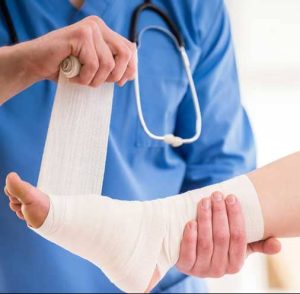
- Get proper guidance from the surgeon which will help you to stand and walk.
- Massage to reduce swelling.
- Strengthen the exercises.
- Stretching range and flexibility.
Over time, weight-bearing activities become more difficult. Visit the consultant clinic after surgery. This extra care can ensure that your ankles heal normally.
What can ankle replacement surgery treat?
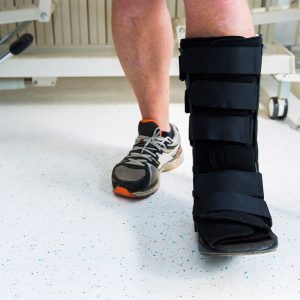
Total ankle replacement surgery usually treats ankle arthritis. Arthritis develops from changes in the cartilage (hard tissue) that covers the bones of the joints. The cartilage becomes thinner and rougher. Due to widespread wear and tear, ankle arthritis may occur with age. It can also come from repeated ankle injuries, ankle fractures, or certain health conditions.
Common symptoms of ankle arthritis include:
- Difficulty walking.
- Joint pain.
- Inflammation of the joints.
Most people find relief from ankle pain and other symptoms through basic treatments, and these treatments are often used together. Healthcare providers consider these treatments to be conservative treatments. They may include medications, physical therapy, or orthotics (special insoles or devices such as stents to relieve pain). However, sometimes severe ankle arthritis requires more specific treatment. When this happens, the healthcare provider may recommend a total ankle replacement.
What are the risks of Ankle Replacement Surgery?
In most cases, ankle replacement surgery is very successful, but it does have some risks. These include:
- Nerve injury
- Infection
- Bleeding
- Blood clot
- Bones that are not properly joined together
- Dislocation of bones
- Neo-arthritis adjacent joints
- Artificial parts loss and subsequent surgery may be required.
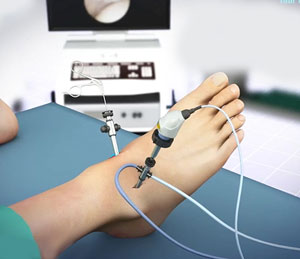
Complications may vary depending on your age. Other medical conditions. For example, if you are a smoker or have low bone density, you may be at a higher risk of certain complications. People with poorly controlled diabetes may also be at higher risk. Discuss all your concerns with your healthcare provider, including the risks most relevant to you.
What happens after ankle replacement surgery?
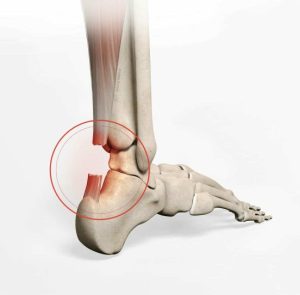
Discuss expectations after surgery with your healthcare provider. When you recover, your medical team will continue to monitor you carefully. When you wake up, your legs may be fixed and raised. You can start your normal diet. You may need follow-up X-rays to see how your surgery is progressing. Doctors may tell you to stay in the hospital for a few days.
You may feel obvious pain immediately after the operation, but painkillers can help relieve the pain. The pain should begin to subside after a few days, and your pain should feel less than before the operation
After the operation, you may need to wear a splint for several weeks. Your healthcare provider will instruct you on how to move your feet as you recover. Resting and raising your leg during the first week after surgery may help. In a few months, you will not be able to put all your weight on your feet.
You will not be able to see your incision at first, but if the pain gets worse or you have a high fever, tell your healthcare provider immediately.
Make sure you keep all follow-up appointments so your healthcare provider can monitor your progress. A few weeks after the operation, the splint may be removed and replaced with boots or casts. This cast may fall off a few weeks after the operation. You may need several months of physical therapy to help you maintain strength and range of motion. It may take several months for you to resume all previous activities.
Why Choose Dr. Abhijit S. Agashe ?
Dr Abhijit S. Agashe is the Best Knee Replacement Surgeon in Pune who performs the surgery using all the advanced technology which gives the best result. He is the most experienced orthopedic surgeon in Pune
Agashe Clinic
- Research Award by Bone and Joint Decade – 2004
- Esteemed Fellowship Offered By The AO Group From Switzerland – 2008
- Fellowship With Prof. Willium Peterson From Germany In Sports Medicine – 2007
Address
- Office no 206, Siddharth Towers Building no 1 Near Karishma society, Kothrud, Pune, Maharashtra 411029
- 086006 53737
- [email protected]



